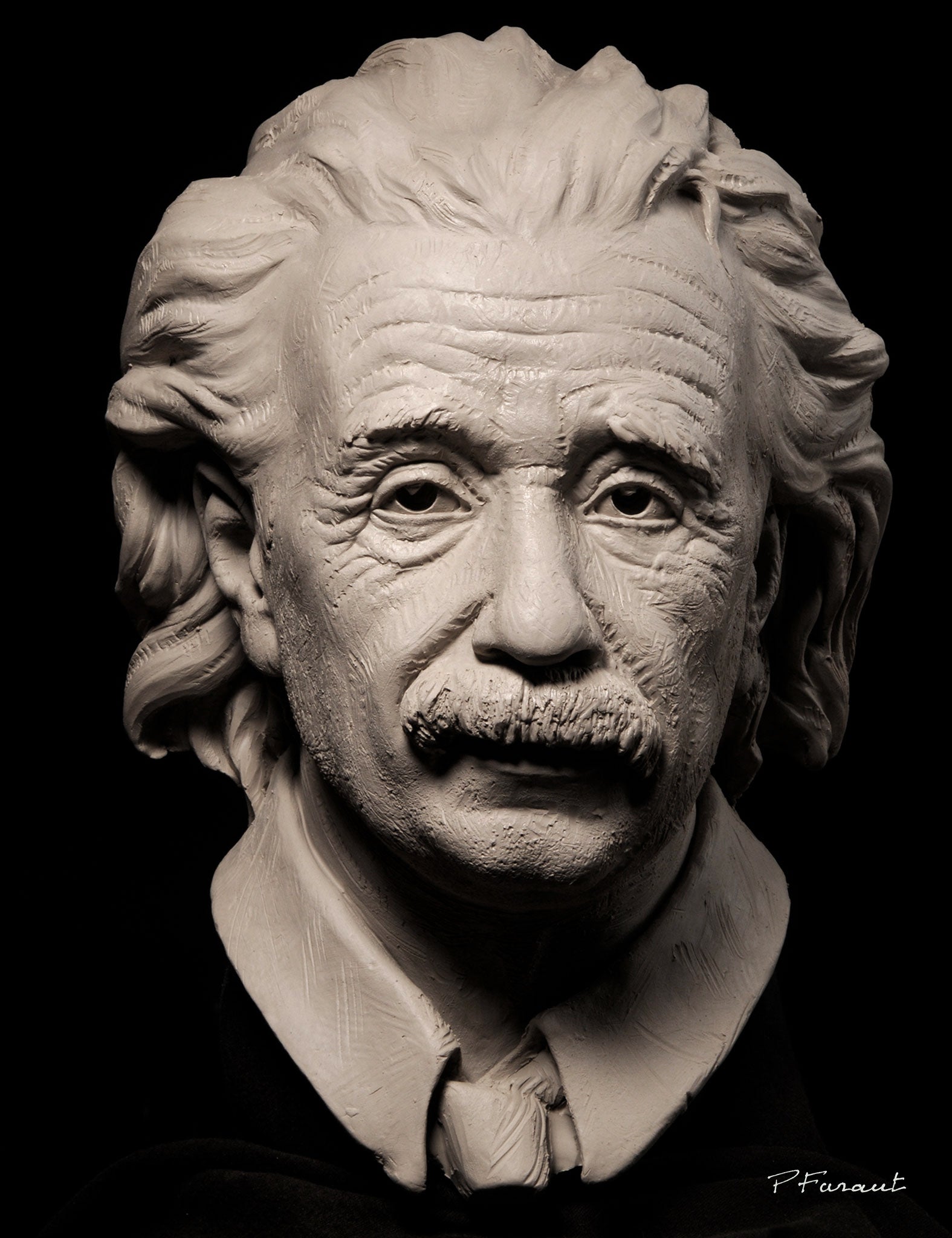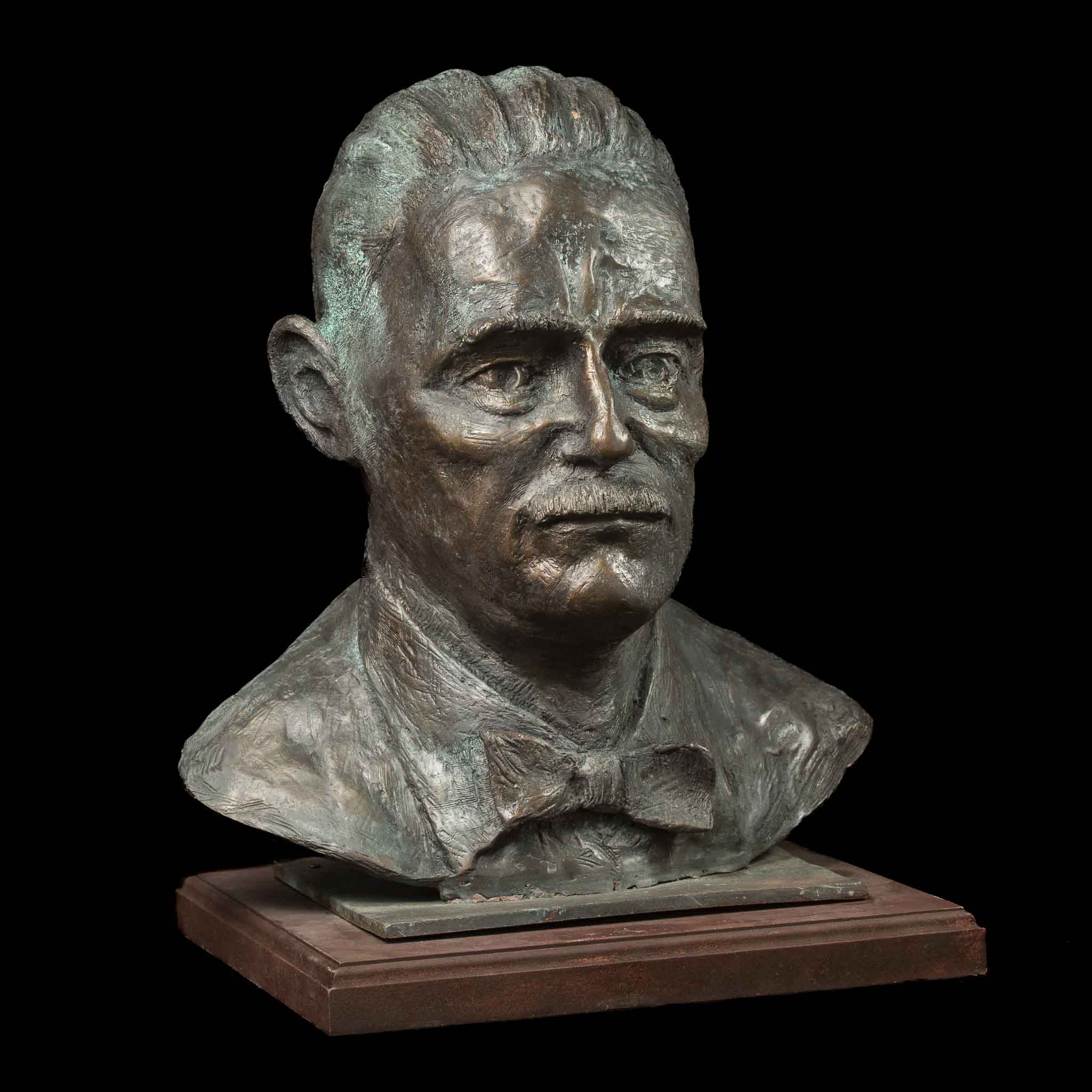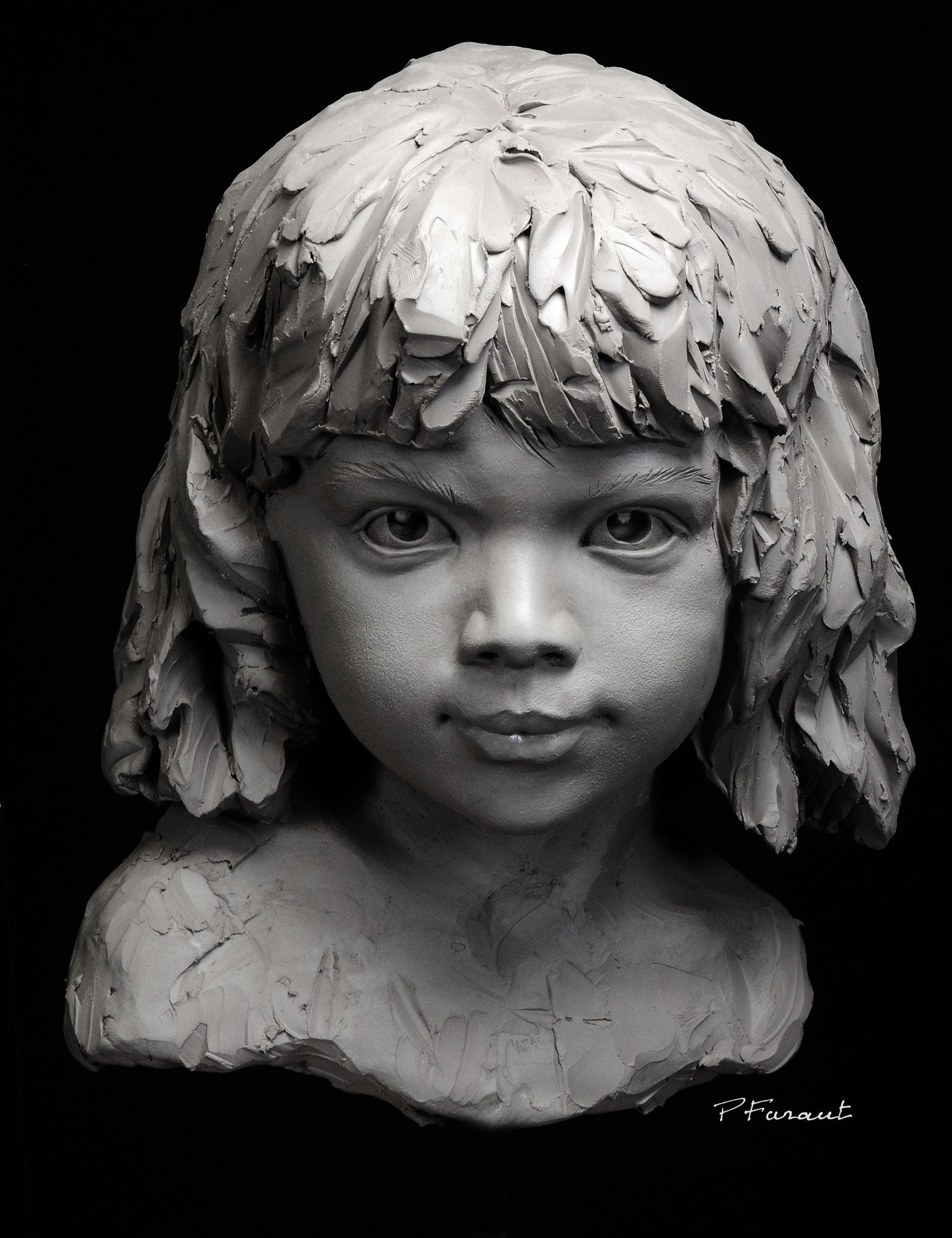Contemporary Marvels: Dive into the World of Contemporary Sculptures
Wiki Article
The Impact of Nature in Sculpture Art
The impact of nature in sculpture art is a subject that has actually captivated artists throughout background. Meaning of natural elements is one more method in which nature influences sculpture, as musicians imbue their developments with the meaning and associations intrinsic in these aspects - Robert C Hitchcock Sculptor. Ultimately, sculpture art has the power to record the transience of nature, freezing a minute in time and enabling us to appreciate its charm in all time.Organic Forms and Shapes
Organic types and forms, inspired by the unified frameworks and intricate patterns located in nature, play a critical function in the world of sculpture art. Artists have long been mesmerized by the appeal and complexity of the environment, locating ideas in the graceful contours of a seashell, the delicate petals of a flower, or the twisting branches of a tree. By copying and extracting these organic types, musicians have the ability to develop sculptures that stimulate a sense of consistency and balance.One of the reasons organic kinds and forms are so common in sculpture art is their capacity to attach with audiences on a deep emotional level. The all-natural globe knows to us all, and when we see these forms represented in art, it generates a feeling of comfort and acknowledgment. It advises us of our area in the grand system of points and enables us to link with something higher than ourselves.
Additionally, natural kinds and shapes in sculpture art often personify a feeling of activity and energy. The moving lines and dynamic structures resemble the consistent motion and growth found in nature. This creates a sense of vigor and brings sculptures to life, making them appear as if they could proceed to progress and alter before our eyes.
Appearance and Product Expedition
A substantial element of sculpture art influenced naturally is the expedition of structure and products via using numerous methods and mediums. Artists commonly attract ideas from the varied structures discovered in the environment, such as the harsh bark of a tree, the smooth surface area of a pebble, or the complex patterns on a leaf. By including these structures right into their job, artists can develop a tactile experience for visitors, welcoming them to engage with the artwork on a sensory level.Texture can be achieved in sculpture via a range of methods. Some artists select to carve or form directly into the picked product, creating a three-dimensional surface area that mimics the textures located in nature - Robert C Hitchcock Sculptor.
Product exploration is also a substantial part of sculpture art affected by nature. Artists might venture right into uncharted area, seeking out new materials that stimulate the significance of the environment. For example, they might incorporate all-natural components like branches, leaves, or even dirt right into their sculptures, blurring the limits between art and the environment. Bronze Sculptures. By pressing the limits of standard products and strategies, sculptors can develop conceptually rich and aesthetically spectacular works that celebrate the elegance and variety of nature.
Significance of Natural Environments
The incorporation of natural environments in sculpture art adds a layer of symbolism and deepness to the art work. By making use of products located in nature, artists are able to imbue their developments with definition that reverberates with audiences on an extensive level. Natural elements such as wood, stone, and plants have been used throughout history to share numerous symbolic messages.Timber, as an example, usually stands for resilience, growth, and toughness. Sculptures crafted from this material can evoke a sense of link to the earth and the cycles of life. Stone, on the other hand, is frequently connected with permanence and endurance. Sculptures carved from stone can represent the classic nature of certain concepts or ideas.
Plants and blossoms are likewise frequently included into sculpture art, representing motifs of development, beauty, and revival. The delicate petals my response and lively colors of blossoms can stimulate sensations of joy, while the linking branches of plants can symbolize interconnectedness and unity.
Along with these all-natural products, artists might also use natural environments such as wind, water, or fire to even more boost the symbolic message of their art work. These elements can stand for the transformative power of nature, the passage of time, or the pressures that form our globe.

Representations of the Environment
Reflections of the Setting can be seen in sculpture art through the unification of natural environments and the portrayal of eco-friendly motifs. Carvers often draw ideas from the setting, using products such as wood, rock, or also recycled materials to develop their artworks. By utilizing these all-natural elements, they not only pay tribute to the environment yet also create a stronger link between the art work and its environments.In addition to the materials utilized, sculpture art also shows the environment through the portrayal of ecological styles. Numerous sculptors pick to portray pets, plants, or landscapes in their work, highlighting the beauty and frailty of the all-natural world. These sculptures work as reminders of the significance of protecting our atmosphere and the demand for sustainable methods.

Additionally, ecological sculptures commonly aim to increase recognition concerning pressing eco-friendly concerns. They offer as aesthetic depictions of the influence of human activities on the atmosphere, such as climate, deforestation, or contamination change. By illustrating these problems in their art work, carvers wish to inspire audiences to take action and come to be more aware of their very own ecological footprint.
Catching the Transience of Nature
Sculpture artists even more explore the impact of nature by skillfully recording the ever-changing and ephemeral facets of the all-natural globe. With their virtuosity, these artists intend to illustrate the short lived appeal and transience of nature, stimulating a feeling of marvel and contemplation in audiences.One way in which sculpture artists record the transience of nature is by making use of products that are themselves subject to decay and modification. For example, artists may pick to deal with organic products such as fallen leaves, flowers, or wood, which normally deteriorate in time. This deliberate option highlights the impermanence of nature and reminds us of the unavoidable cycle of life and death.
Furthermore, sculpture artists usually utilize strategies that produce a feeling of activity and fluidness in their job. By integrating flowing lines and dynamic types, they communicate the ever-changing nature of the environment. This can be seen in sculptures influenced by wind, water, or the development of plants, where the musician looks for to capture the significance of consistent activity and transformation.
Furthermore, some artists pick to create site-specific or short-lived setups that connect with the setting. These ephemeral sculptures, made from materials such as ice, sand, or light, are intentionally made to slowly change or disappear in time. By welcoming the short-term nature of their creations, musicians invite customers to review the short lived charm of the environment and the impermanence of human existence.

Final Thought
Finally, nature has a profound impact on sculpture art. Through making use of organic kinds and forms, musicians have the ability to evoke a feeling of natural elegance and consistency. Structure and product exploration further boost the connection to nature, as artists often incorporate natural products into their sculptures. Significance of natural environments includes depth and implying to the artwork, while representations of the atmosphere capture the significance of nature. Inevitably, sculpture art captures the transience of nature and celebrates its eternal influence.
Significance of natural components is one more means in which nature affects sculpture, as musicians imbue their productions with the definition and organizations intrinsic in these aspects.A substantial aspect of sculpture art influenced by nature is the expedition of structure and materials with the use of various techniques and mediums (Contemporary Sculptures).Material exploration is additionally a significant part of sculpture art influenced by nature.One method in which sculpture artists record the transience of nature is by using products that are themselves subject to decay and adjustment. Appearance and material expedition further improve the link to nature, as artists typically include natural products right into their sculptures
Report this wiki page